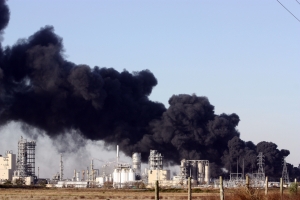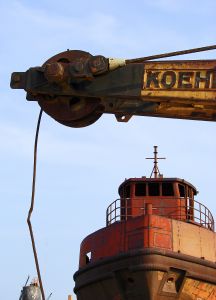The National Safety Council uses the entire month of June to focus on a number of preventable injuries. This week, the Council focuses on slips, trips and falls.
Fall accidents in Massachusetts are one of the leading causes of these unintentional injuries. These accidents accounted for nearly 9 million visits to emergency rooms nationwide. Adults 55 and older are most likely to become a victim of one of these falls, while residents 65 and older are four times more likely to die from of a fall than people in any other age group.
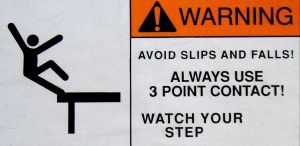
Our Boston personal injury attorneys understand the severe consequences of these fall accidents at home or elsewhere. For this reason, safety precautions should be taken to avoid these incidents. Falls can result in serious injuries that can hinder an adult’s ability to lead an active and independent lifestyle. Property owners and businesses are required, by law, to make sure that their grounds are safe for everyone. Failure to eliminate potential hazards can result in legal repercussions.
In 2000 alone, falls for older adults cost the U.S. health care system more than $19 billion, according to the Centers for Disease Control and Prevention. As the population continues to age, both the number of serious falls and the costs of treatment for these fall injuries will more than likely increase. These direct costs are what insurance companies and patients dish out for treating injuries caused by falls. The costs often include nursing home care, hospital fees, rehabilitation, the use of medical equipment, community-based services, changes made to the home, prescription drugs and insurance processing. Of the more than $19 billion, nearly $2 million went toward fatal falls, while $19 billion went to nonfatal falls. Fall-related injuries are one of the most expensive treated injuries among community-dwelling older adults.
In 2001, more than 18,000 adults died of injuries from unintentional falls.
About 30 percent of people who fall end up suffering from lacerations, hip fractures or head traumas. Falls are the number one cause of traumatic brain injury. In 2000 alone, traumatic brain injury accounted for nearly 50 percent of all fatal falls among older adults.
How to help prevent falls:
-Make sure to exercise regularly. Be sure that when you exercise, you’re focusing on increasing balance and leg strength.
-Have your eyes checked at least once a year. Make sure that your prescription is up to date.
-Ask your doctor or pharmacist about your medications. Does taking any of them together produce dizziness of drowsiness?
-Make your house a little bit safer by increasing the lighting, adding railings or grab bars and reducing tripping hazards.
Continue reading
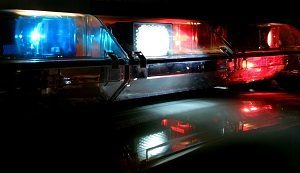 of the officers in the vehicles were injured requiring transport to hospital. The accident occurred near Washington Street and Downtown Crossing, according to the Boston Police Department reports.
of the officers in the vehicles were injured requiring transport to hospital. The accident occurred near Washington Street and Downtown Crossing, according to the Boston Police Department reports. Boston Personal Injury Attorney Blog
Boston Personal Injury Attorney Blog




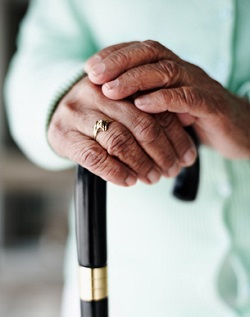
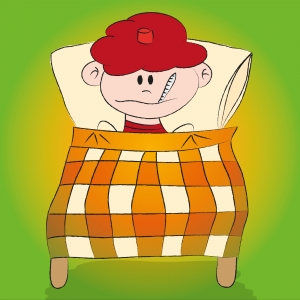
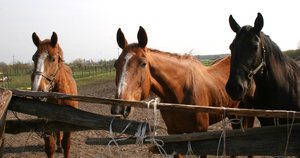

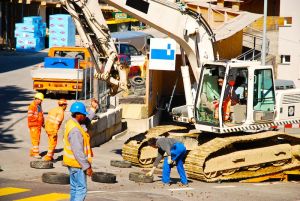 “If you’re working outdoors, you’re at risk for heat-related illnesses that can cause serious medical problems and even death,” said
“If you’re working outdoors, you’re at risk for heat-related illnesses that can cause serious medical problems and even death,” said 